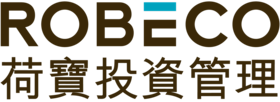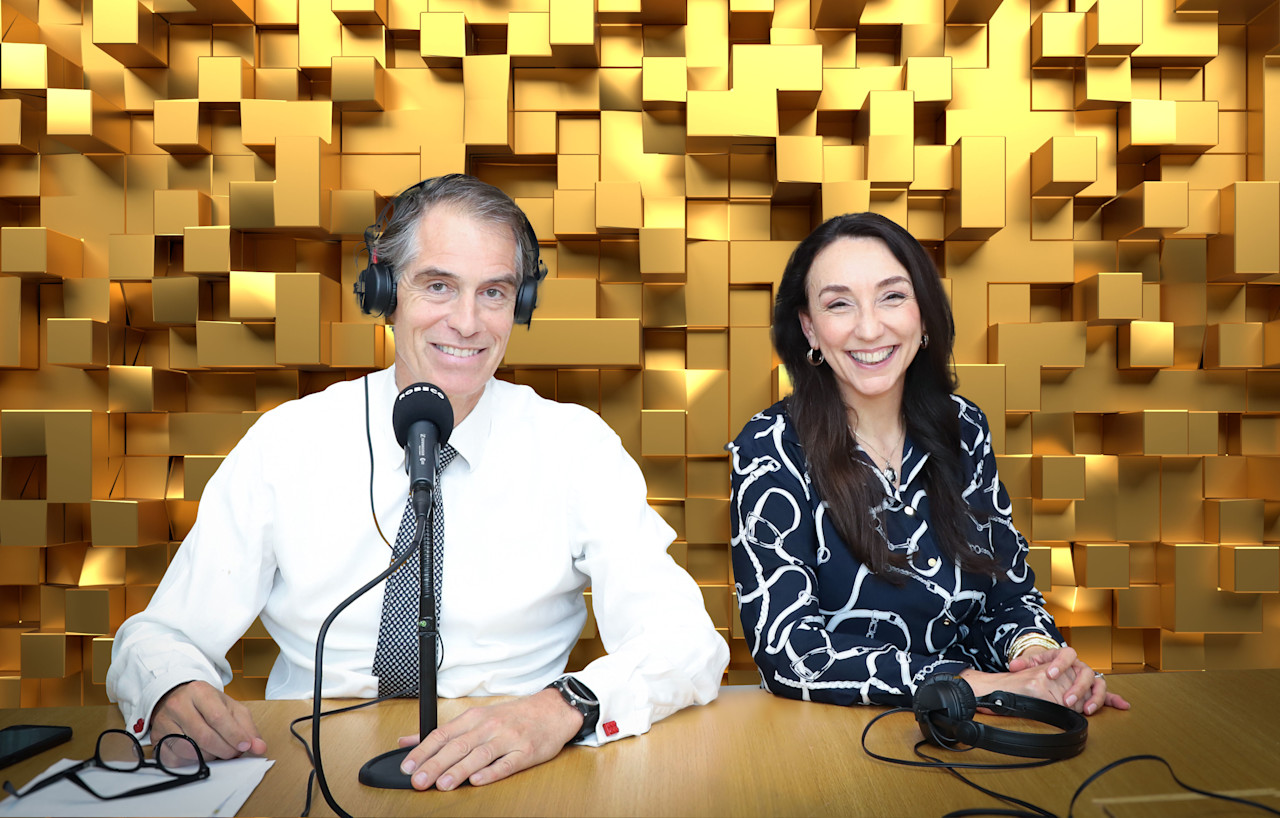

The time is right to get back into emerging markets
Emerging markets now offer greater upside as developed markets remain mired in economic problems, says investor Arnout van Rijn.
概要
- Emerging equities offer higher returns than developed world stocks
- A good chance for emerging markets to decouple from US dominance
- Less money printing during Covid means lower inflationary pressures
Robeco’s multi-asset portfolios are now overweight emerging market equities, as the asset class has turned the corner from its many years of underperformance, says Van Rijn, portfolio manager with Robeco Sustainable Multi-Asset Solutions. Tailwinds include the fact that its central banks have not engaged in the kind of inflationary QE money printing seen in the West.
Meanwhile, many developed markets face potential recession as central banks fight to rein in soaring inflation using rising interest rates as their principal weapon, he says. This offers a significant return differential previously flagged in the team’s Expected Returns 2023-2027 outlook.
“Emerging markets have always been sold on the promise of higher risk, higher returns, driven by higher economic growth,” he says. “Considering the return pattern since 1992, when this asset class was first born, they have not delivered. Instead, we have had two massive and lengthy up waves, and two disappointing periods of underperformance, especially over the last ten years.”
“Recently we have turned more upbeat on emerging markets and have moved overweight in our portfolios, taking the money out of developed markets while staying neutral on global equities overall. We believe we are at the start of a new relative upswing that could last for years.”
“In our Expected Returns five-year outlook last September, we forecast 4.0% annualized returns in developed markets, and 5.25% for emerging markets. We consider this long-term call to be quite timely from a tactical perspective today. Buy now!”
One issue worth watching will be whether emerging markets can decouple from the dominance of the US, Van Rijn says. If so, they would start following China’s lead more than America’s, though China’s rising power and long reach means individual country diversification benefits are limited.
“In the developed world, the US dominates, while in emerging markets, China is by far the largest index weight,” he says. “Still, both return series have been dominated by what happens in the US. They move up and down together, but in the end, the US has offered much better returns over the past decade.”
“We do believe there is a decent chance for emerging markets to decouple, helped by the asynchronous recovery we see in China and the positive impact this will have on the rest of Asia. Sector-wise, emerging markets look different too, with a more prominent role for financials and semiconductors. We have written bullishly about the outlook for chips before.”
Central bank orthodoxy
Central bank disparity over vast quantitative easing programs is another plus for emerging markets, Van Rijn says. “In a world where non-conventional monetary policies have become commonplace, emerging market central banks in general stand out for their orthodoxy,” he says.
“Even through the tough times during Covid in 2020, few emerging economies showed more than 10% growth in their M2 money supply, which is very modest compared to the money bonanza in the US (more than 25% M2 growth), the EU (over 12%) and Japan (10%).”
“This means that the root cause of inflation in developed markets – printing money – does not exist in the emerging market universe.”
Effect of strong dollar
“Due to the strong dollar over the past few years, there has been quite a tight monetary policy in many emerging markets. In 2023, the probability of rate cuts is quite high, while at the same time we do not hold much faith in the potential for a pivot by the US Federal Reserve that the recent US rally is based upon.”
“Inflation numbers in the major emerging markets are much more benign, while interest rates are higher. Surely the higher real rates and the outlook for peaking inflation make for a better chance of easing than we envisage for the US and Europe, where markets are just hoping for the Fed to pivot, against their better judgement.”
Emerging market bonds are also relatively attractive, Van Rijn says, though he cautions against the extra risk that some securities present. “Spreads are still wide in Asian credit, but don’t be fooled by risky Chinese property bonds,” he says. “Overall, we look at spread levels of 200-250 basis points, which may not sound like much, but we see no risk of recession here – unlike in the US or Europe.”
Governance and currency issues
Still, there are areas to watch out for. Corporate governance has been poor in many Asian countries, particularly regarding treatment of external investors and allocation of capital. “We think that governance and currencies both look good now,” he says.
“South Korea is really making strides in becoming more shareholder value oriented, and in China the lows of the anti-business (common prosperity) sentiment are behind us now. Our engagement efforts in many emerging markets are bearing fruit as companies want to learn best practice from us. Also, many companies make huge strides investing for the energy transition.”
“The equity valuation argument remains key: not only are they trading at multiples that are close to their lows from a relative perspective, but the value opportunity also remains larger than in developed markets. So, there are plenty of reasons to be more upbeat on emerging equities from here.”
Important information
The contents of this document have not been reviewed by the Securities and Futures Commission ("SFC") in Hong Kong. If you are in any doubt about any of the contents of this document, you should obtain independent professional advice. This document has been distributed by Robeco Hong Kong Limited (‘Robeco’). Robeco is regulated by the SFC in Hong Kong. This document has been prepared on a confidential basis solely for the recipient and is for information purposes only. Any reproduction or distribution of this documentation, in whole or in part, or the disclosure of its contents, without the prior written consent of Robeco, is prohibited. By accepting this documentation, the recipient agrees to the foregoing This document is intended to provide the reader with information on Robeco’s specific capabilities, but does not constitute a recommendation to buy or sell certain securities or investment products. Investment decisions should only be based on the relevant prospectus and on thorough financial, fiscal and legal advice. Please refer to the relevant offering documents for details including the risk factors before making any investment decisions. The contents of this document are based upon sources of information believed to be reliable. This document is not intended for distribution to or use by any person or entity in any jurisdiction or country where such distribution or use would be contrary to local law or regulation. Investment Involves risks. Historical returns are provided for illustrative purposes only and do not necessarily reflect Robeco’s expectations for the future. The value of your investments may fluctuate. Past performance is no indication of current or future performance.






















